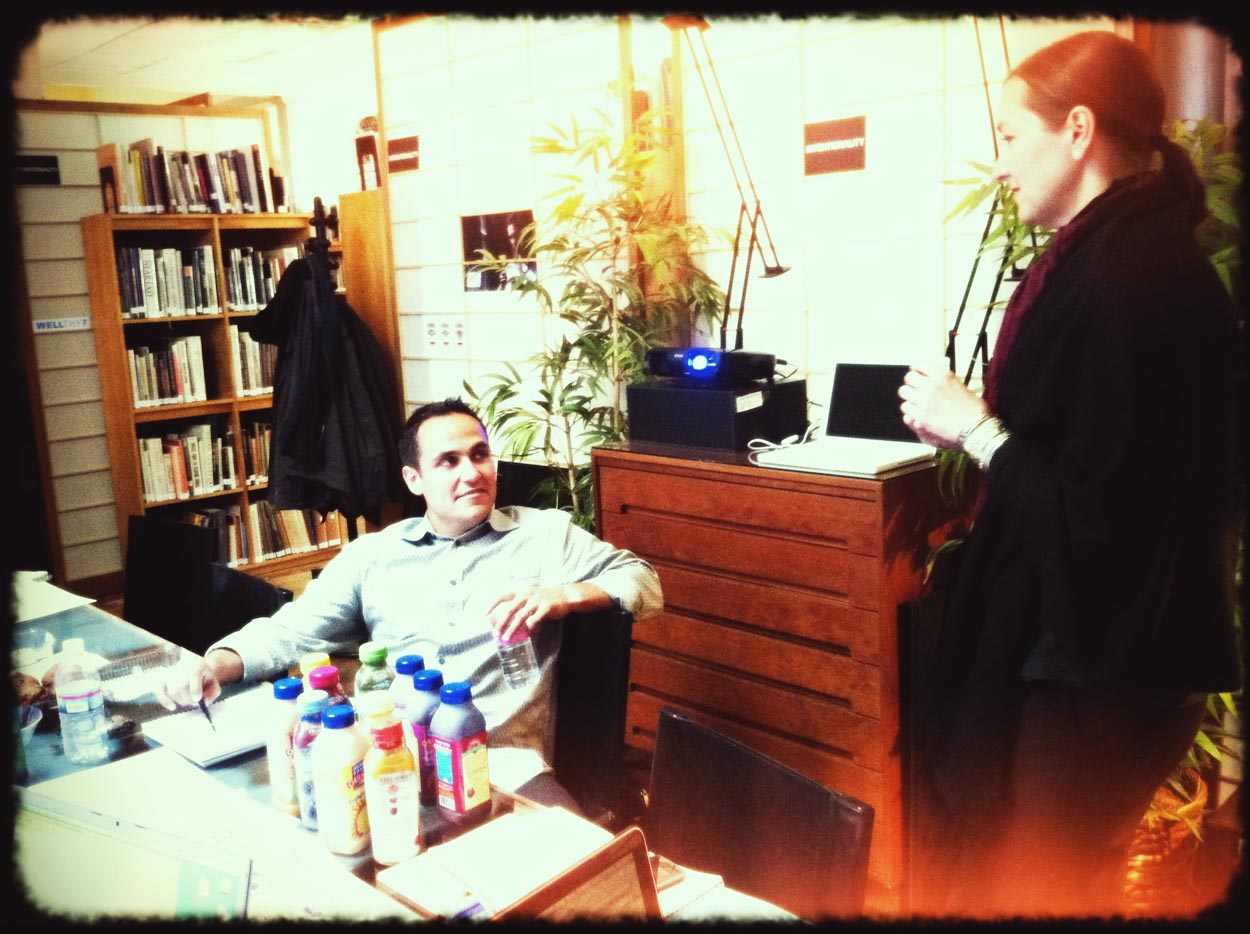Paying attention, appreciative perception and the emotionality of listening

Isn’t it interesting, the way people lean-in? Leaning-in, they’re paying closer attention—
why is that, is it a hearing expression?
“I lean-in so I can hear better?”

In running brand summits, business strategy forums and soul-searching quests for enterprises around the world, I often stand for the entire session, sometimes lasting for an hour, other times, a half day—or a full day, or multiple days—and looking out over the participants—I watch and listen for clues. Sometimes people say precisely what’s on their minds, “this isn’t what I expected, why are you asking that question?” What’s critical to the success of the session is the intuition of “feelingness.” Are people paying attention? Are they leaning-in, or pulling-back?
Are they…
awake?
The question might be, intriguingly enough, is “which way are you listing? To your experiencers, what signals are they sending? To the deeper premise of the word, its 5000 year old history, the PIE source, it’s most closely attached to “to hear.” But it also speaks to “a hearkening,” which, if you think about it, implies something more to movement and meaning in the context of hearing.
The foundation of the work comes down to
giving, dividing one’s own—which is to the speaker, sharing; and the experiencer, listening: sharing.
In a talk with a team—the listening before and the camaraderie afterwards, a GIRVINIST asks a good question, listening into our meeting; “how does a meeting with people that you’ve never met becomes a familial love / hug fest?”
It comes to quietude, hearing openly in silence—and observative feelingness –– whole listening. The best way that anyone hears is by being quiet and watching the person that you’re paying attention to. And connecting with them. Bringing them into yourself. You’re holding them. That hug starts at the beginning.
In a conversation, it was said —
“I will give you
my full attention.”
What’s that mean?

That’s the hardest, since it means being wholly present, a full emodiment of attention—and attached to the person, listener to actor—appreciately, intuitively, and empathically—it’s about holding.
I’ve seen it only rarely in another—except among students.
It is a presence of astonishing serenity—it is a calming whole engagement,
a listening that is profoundly quieting. Or disquieting.
Have you had someone listen to you in a way that is nearly “disquieting?”
It’s probably because it is uncommon. And unfamiliar.
Whole listening.
Watching a person completely, to see
WHAT THEY’RE DOING
with their body—the hands, the arms, the legs, the faces— and feeling the what, and the why, and the how of their feeling.
That will be appreciative listening. Feelingness. Empathic entanglement.
e m b r a c e m e n t . . .

Bodies, faces, tell us a lot — about connection or disconnection. What that means is “the lean.” Or—“the list.” Where are you, or they, leaning–towards you, or away. Leaning-in, leaning-out—leaning forward, leaning back. You’re in, you’re out.
The brand could be about listening, as well—leaning-in, leaning-out. Holding, or not holding — is there something to be, or could be, carried away, onwards — outwards? The sounds, the feelings, they flow in, they ripple out.

Someone said—“for me, this brand is something for me—really, just for me. That’s what I’m thinking about — how this is: for me.” Brands are fundamentally about sharing, and surely about community “listening,” anthropologically, or in engagement, so the metaphor aligns to the allegory of this entire discussion.
List[en].
Lean in, get closer, empathize:
It’s the list:
“tilt, lean,” especially of a ship, 1880, earlier (1626) lust, of unknown origin, perhaps an unexplained spelling variant of M.E. lysten “to please, desire, wish, like” (see listless) with a sense development on the notion of “leaning” toward what one desires (cf. incline).
It’s your language, and it’s the listening language—of the engaged empath, a perceptive presenter, or the appreciative sensor.
Intrigued: list in. Dispelled: leaning out?
I
H E A R
Y O U.
I can listen
to your story.
Tim
GIRVIN | Strategic Brands | OSEAN | Built Environments
–––––––––
Projects in strategy | story | naming | messaging | print
identity | built environments | packaging
social media | websites | interactive
